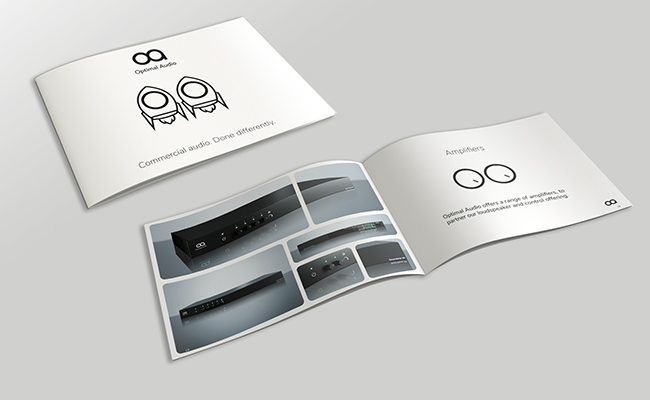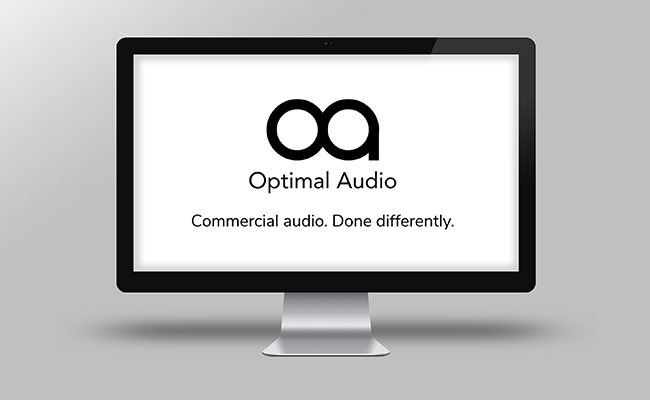Environmental Sustainability
Optimal Audio recognises the climate emergency that we’re living through, and we appreciate the need to respond quickly to the ecological emergency if we are to play our part in limiting global warming.
As a new brand and as part of the wider Focusrite Group, environmental sustainability is a major opportunity for us to demonstrate climate leadership and values, define good environmental practice, and benefit from an opportunity to meaningfully engage with our staff, customers, and the wider audio community.
Our on-going commitment
We are serious about building the long-term foundations for progress and with Andy Land, Head of Sustainability for Focusrite Group we are building our timeline towards a net zero future, while also aligning with the UN’s Sustainable Development Goals.
We are joining the growing community of leaders committed to taking bold, strategic action on climate change aligned to the United Nations Paris Agreement, the international framework for “Limiting global warming to well below 2°C above pre-industrial levels and pursuing efforts to limit the temperature increase to 1.5°C above pre-industrial levels”. We are committed to creating and fostering a sustainable ethos — demonstrating and amplifying good practice while inspiring our employees, customers, and partners to action.
We are committed to creating and fostering a sustainable ethos — demonstrating and amplifying good practice while inspiring our employees, customers, and partners to action.
Our Approach
Our approach to environmental sustainability extends to our complete operation, aiming to embed us within the circular economy, requiring collaboration with the entirety of our value chain and beyond.
We believe the only way to make sure we’re doing the right thing is to look at our products in detail across the whole lifecycle, starting with production – then logistics, energy consumption and end of life treatment.
It’s going to take time, but we’re aiming to map the lifecycle of every product, and it’s got to be detailed. We’re not taking shortcuts: we’re checking raw materials right down to the last component to understand the materials we use and categorising and cross-referencing against conversion factors to work out metrics such as equivalent carbon dioxide emissions. This same approach applies to the rest of the lifecycle, even calculating the energy consumption of the lighting in the warehouse before a unit is sold.
Through this detailed work, we’re starting to uncover the environmental hot spots in our products, and it has shown how the use of our products can vary the footprint significantly.
Designing Sustainably
From our research we know that a significant proportion of a product’s environmental impact is in its upfront production, and in particular the raw materials we choose, so providing a route to extend the life of any product is an essential part of reducing our overall footprint.
Through the work we’re doing now to analyse our products down to the last component, we’ll be uncovering a range of ways that we can actively reduce our environmental footprint and make our designs as sustainable as possible.
We’ll be uncovering a range of ways that we can actively reduce our environmental footprint and make our designs as sustainable as possible.
Our work so far
With so much data becoming available to us on our environmental footprint, we can narrow down to specific initiatives and take action to have the most significant impact. With this information we will take decisions on sourcing and testing recycled materials that do not affect the quality or performance of the given product but will reduce their environmental impact.
Product Packaging and Recycling
Because the nature of our products are primarily large and heavy and in order to safely transport to customers around the world, robust packaging is required.
Presently, all of our cardboard boxes are made from corrugated board, which being made of paper, is recyclable and indeed is widely recycled.
We recently removed expanded polystyrene from packaging, but we are still using a mix of other materials including polyethylene foam and polyester foams. While these can be re-processed and are suitable for use in Energy from Waste (EfW) facilities, they are far from ideal. We have, therefore, initiated a project to review size, efficiency and composition of our packaging to reduce their environmental impact and improve recyclability, and a goal of removing single use plastic forms a part of this.
We also reduce waste through recycling of card, metal and plastics, at a facility just 200m away from our main UK office.
When it comes to users disposing of any materials in a responsible manner, recommended practices can be found on our dedicated recycling page here.
Using Energy Efficiently
In conjunction with our electronics, we are always looking to improve the acoustic efficiency and therefore reduce the energy required by our loudspeakers. A long product life span means most energy is consumed during usage, so we can make the biggest difference with acoustic and electronic efficiency improvements.
Designing products that require less energy is one of the major ways we can lower our environmental impact, and puts us in the best position to benefit from electricity grids around the world decarbonising over time.
Headquarters Overhaul
We’ve recently signed a ten-year lease to our UK headquarters enabling us to significantly invest in updating the building with a view to our growth but also energy efficiency.
This will go alongside our ongoing efforts to reduce waste through recycling of card, metal and plastics, at a facility just 200m away from our office.

